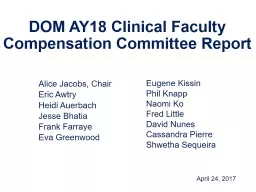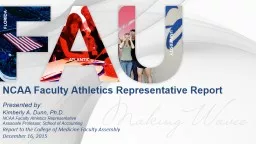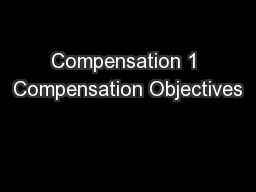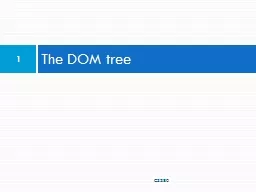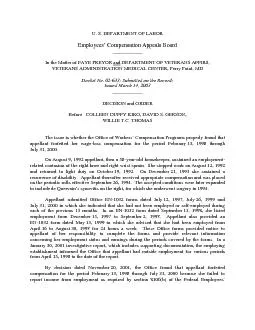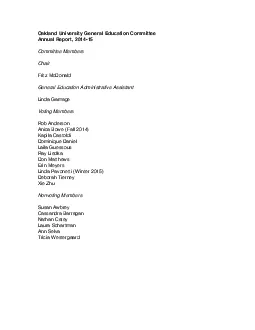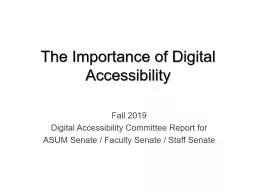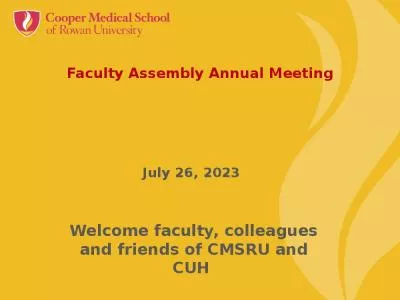PPT-DOM AY18 Clinical Faculty Compensation Committee Report
Author : pasty-toler | Published Date : 2018-10-08
Alice Jacobs Chair Eric Awtry Heidi Auerbach Jesse Bhatia Frank Farraye Eva Greenwood Eugene Kissin Phil Knapp Naomi Ko Fred Little David Nunes Cassandra
Presentation Embed Code
Download Presentation
Download Presentation The PPT/PDF document "DOM AY18 Clinical Faculty Compensation..." is the property of its rightful owner. Permission is granted to download and print the materials on this website for personal, non-commercial use only, and to display it on your personal computer provided you do not modify the materials and that you retain all copyright notices contained in the materials. By downloading content from our website, you accept the terms of this agreement.
DOM AY18 Clinical Faculty Compensation Committee Report: Transcript
Download Rules Of Document
"DOM AY18 Clinical Faculty Compensation Committee Report"The content belongs to its owner. You may download and print it for personal use, without modification, and keep all copyright notices. By downloading, you agree to these terms.
Related Documents

